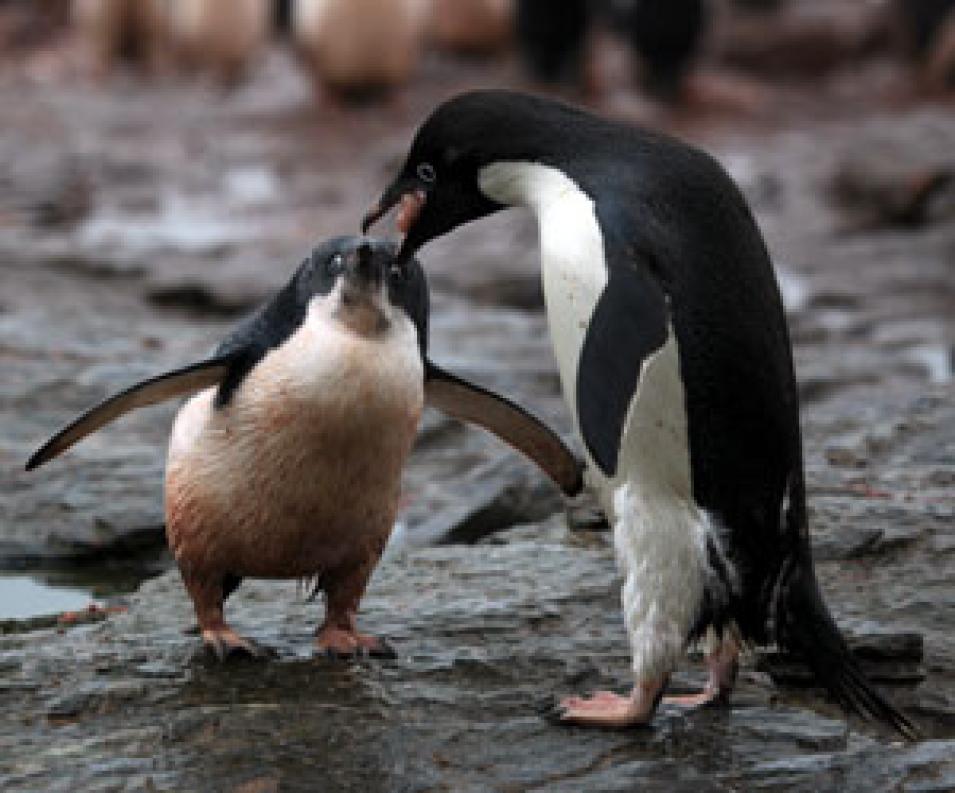Over the long, dark winters, sea ice forms across the Southern Ocean surrounding Antarctica. During the short summer much of the sea ice melts, and the ocean bursts into a brief flurry of life, feeding everything from fish to penguins to massive humpback whales. This annual summer boom is based on phytoplankton, microscopic plant-like creatures that live near the ocean surface. Dormant during the winter, in the summer sunlight they reproduce and bloom prolifically. Or they used to.
Scientists working on the Antarctic Peninsula noticed that over the past several decades, phytoplankton blooms have been on the wane. At the same time, the length of the ice season has shortened by nearly three months. On average, ice along the Peninsula now forms fifty-four days later and melts thirty-one days earlier. The shorter ice season means more sunlight reaches the ocean surface. More sunlight should mean more phytoplankton, and consequently, a booming ecosystem further up the food chain. But the researchers discovered that was not happening. They began to wonder, was disappearing sea ice to blame for the disappearing plankton? And what happens to the animals that depend on the microscopic creatures?



